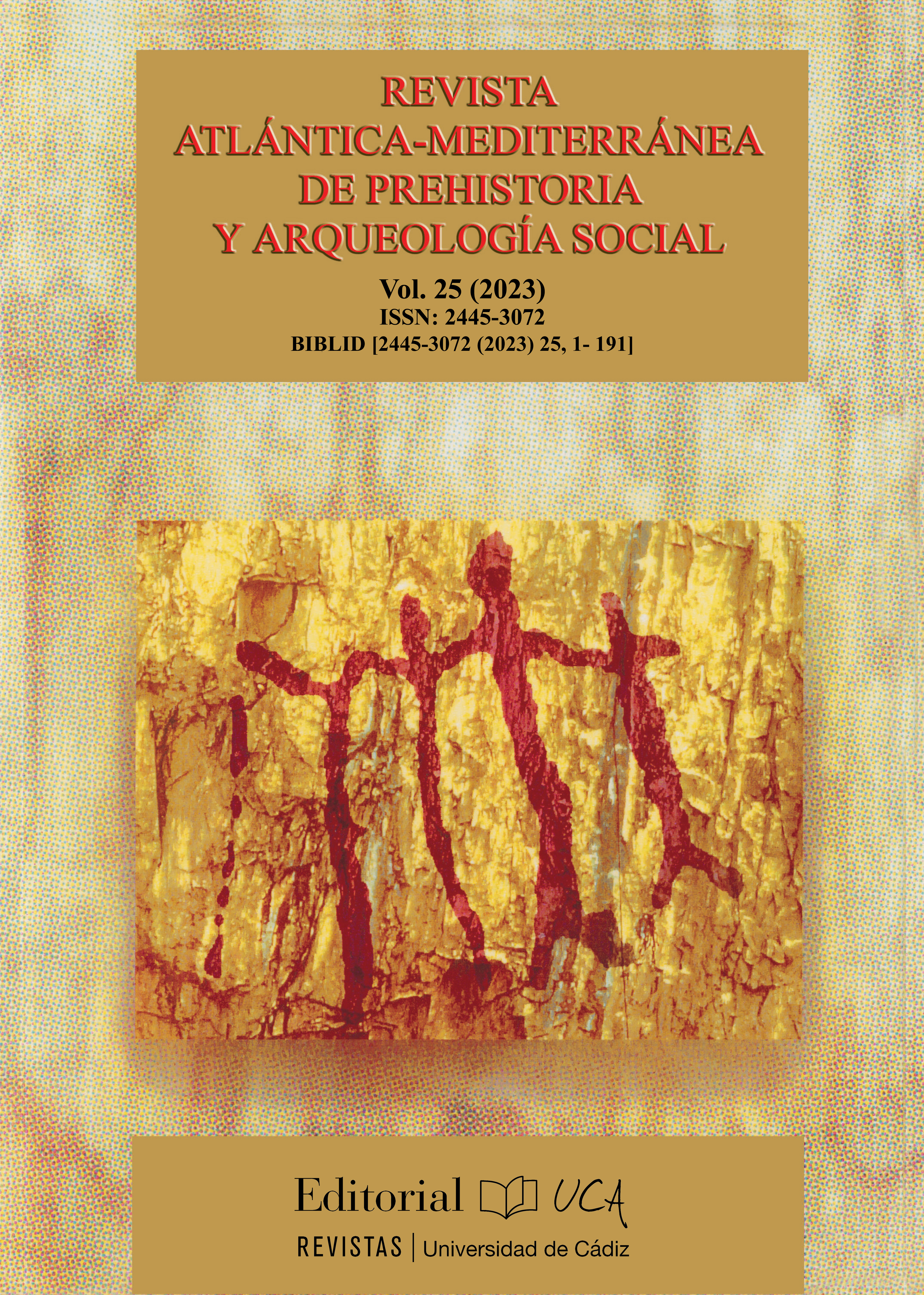The altricial venus. Secondary altriciality in Paleolithic art

DOI
https://doi.org/10.25267/rev_atl-mediterr_prehist_arqueol_soc.2023.v25.03Info
Abstract
The Venus figurines have been the subject of numerous studies, which have given rise to various theories about their interpretation. Most of these are related to the enlargement of their sex characteristics, mainly the secondary ones, and apparent obesity. Thus, it is common to relate them to fertility or to models of beauty. We propose that this morphology reflects human secondary altriciality and that this supposed obesity, especially in breasts, buttocks, and hips, responds to an evolution of the female body for the infancy and the childhood of the offspring. An interpretation based on fertility or beauty would be incompatible with these altricial traits. Rather than fertile or beautiful women, they represent nurturing and caregiving women.
Keywords
Downloads






